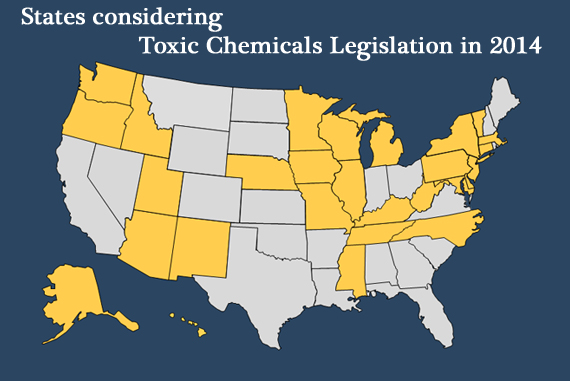Picture $469 billion. It’s unimaginably huge. It’s more than Norway’s entire Gross Domestic Product. It’s also how much money WalMart brings in from the sale of toys, curtains, furniture, electronics and other household goods each year. So when WalMart removes even one toxic chemical from the products they sell, the ripple is felt around the globe.
What does it take to move such a behemoth to act? According to WalMart spokesman Lorenzo Lopez, as reported in the Washington Post in 2011, the company was motivated to act after “a handful of states began banning PBDEs.”
These state actions not only resulted in WalMart’s ban, they also resulted in the chemical companies agreeing to stop making this highly toxic class of flame retardants in the U.S.
It’s not the only time states have prompted action on harmful chemicals. Remember bisphenol A (BPA), the endocrine-disrupting chemical once used in 95% of baby bottles on the market? Several states were the first to ban the chemical from baby bottles in 2006. Ultimately the Food and Drug Administration followed with a ban. That’s why you can’t find a baby bottle today that is not labeled BPA-free. And 98% of infant formula containers sold in the U.S. are now BPA-free as well.
There are many examples of states motivating change. Maine’s chemical disclosure gave the state the ability to ask companies if they used BPA in toys; Hasbro removed BPA from its toys. Washington state began collecting and sharing data on 66 toxic chemicals in children’s products, and guess what? Companies including WalMart and Target decided to screen their products for chemicals on this list and develop policies to reduce and eliminate these chemicals. While it remains to be seen if these policies will be fully implemented, the point is that new systems are being put into place for manufacturers to avoid toxic chemicals as a result of state action.
Right now the true heroes standing up to the giant chemical companies and the American Chemistry Council to win basic protections are state policymakers. Big money, high paid lobbyists and public relations machines are becoming increasingly the norm in state Capitols.
 The role for states as laboratories of chemical policy innovation is an essential, time-tested and effective system. Unfortunately, proposed legislation now before Congress puts this at great risk. The bills read less like health-protective reform and more like a wish-list for the chemical industry. Among their wishes: take away the rights of states to protect their citizens from harmful chemicals. The Chemicals in Commerce Act would establish a dysfunctional federal chemical regulatory system and stop states from collecting basic information on chemical use and from restricting chemicals—it’s the worst of both worlds.
The role for states as laboratories of chemical policy innovation is an essential, time-tested and effective system. Unfortunately, proposed legislation now before Congress puts this at great risk. The bills read less like health-protective reform and more like a wish-list for the chemical industry. Among their wishes: take away the rights of states to protect their citizens from harmful chemicals. The Chemicals in Commerce Act would establish a dysfunctional federal chemical regulatory system and stop states from collecting basic information on chemical use and from restricting chemicals—it’s the worst of both worlds.
Overhaul of the Toxic Substances Control Act is long overdue. But Congress must pursue an effective, science-based system for regulating toxic chemicals. This cannot include shutting down one of our most direct routes to establishing rational health protections. States have a right to have chemical control programs that protect their citizens and local environment. Any new law must uphold this basic right.




